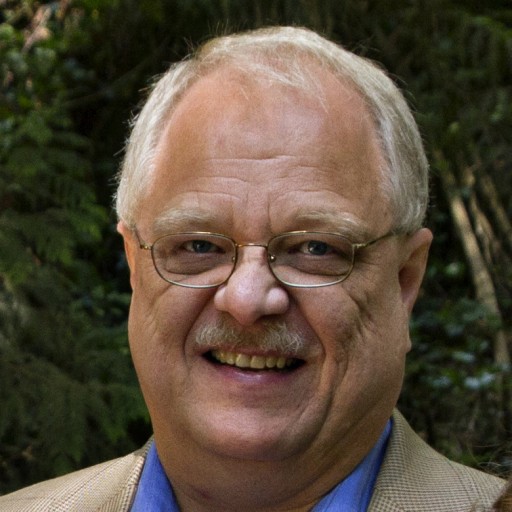Modest Income, Large Gifts
 We might never have known about them had they not left sizeable gifts to a university, library, or nonprofit organization. But the institutions shared the good news. When a news agency picked up the story, the word spread quickly.
We might never have known about them had they not left sizeable gifts to a university, library, or nonprofit organization. But the institutions shared the good news. When a news agency picked up the story, the word spread quickly.
The latest example I’ve found is about Jane Iris Crutchfield. An elementary school librarian, when she died she left $2.2 million to be equally divided between two universities.
How could someone with such a modest income give such a large gift? Let’s consider the stories of 10 people in search of answers.
Disciplined Spending
Genesio Morlacci believed it highly improper to buy anything he didn’t need. He criticized people controlled by the pursuit of instant gratification. Genesio was not miserly; however, he bought the best equipment for his dry cleaning business. This man with a third-grade education left $2.3 million to the University of Great Falls.
Minimize Debt
Matel Dawson Jr. started over following a divorce, promising to live beneath his means. He traded his Lincoln Continental for a Ford Escort. He bought a small house and paid off the mortgage in six years. A forklift operator for the Ford Motor Company, Matel worked overtime to have more money to give away. In the last ten years of his life, he gave $1.3 million to various educational institutions, civil rights groups, and churches.
Invest in Stocks
Gordon Elwood learned to repair televisions in the 1940s. He worked as a technician for the next four decades, lived frugally, and invested in dividend-paying stocks. When he died at age 79, $9 million of his estate funded the Gordon Elwood Foundation to provide social services to people in Medford, Oregon.
Gladys Holm never earned more than $15,000 a year as a secretary. She had the good fortune of being granted stock options by her employer in 1951, which she exercised and then held onto the stock for years. She purchased stock in other companies, too. During her retirement she visited children at a hospital in Chicago, known as the “Teddy Bear Lady” because of the stuffed animals she gave away to sick kids. Gladys gave $18 million to the hospital through her estate.
Florence Ballenger, also of Chicago, worked as a teacher. Her stock investments allowed her to gift $6.6 million to three post-secondary schools.
Roberta Langtry, a Canadian, served as a school teacher and speech therapist, but built her wealth through investments in stocks and bonds. She left $3.8 million (USD) to the Nature Conservancy of Canada.
Jay Jensen taught drama at a high school in Florida. Never earning more than $46,000 a year, it was his stock investments that allowed him to contribute almost $3 million to the University of Miami.
Build Wealth Slowly
Oseola McCarty charged $1.50 a bundle to do other people’s laundry at the start. But she always found a way to save something. When a banker noticed her sizeable account, he helped Oseola begin to leverage her savings with investments that paid more than a savings account. He later reflected that if he could have helped her 30 years earlier, Oseola probably would have quadrupled her net worth. As it was, this quiet woman who washed and ironed other people’s clothes gave $150,000 to the University of Southern Mississippi to endow a scholarship.
Even small amounts invested multiply over time.
These persons all lived through the Great Depression. Some grew up in extreme poverty, but all had a strong work ethic and made wise investments. Elwood appeared deprived—he used a bungee cord for a belt—but the others did not. Crutchfield dressed well; Ballenger traveled the world. But there was nothing ostentatious about this group. In many cases their neighbors were surprised to learn of the size of their estates.
These people learned about investing, or sought counsel from people who did. Professional help with estate planning also played a key role in maximizing their gifts.
Ultimately, the lesson from these stories is that it is not what you earn, but what you save that makes the difference. The size of the income is not the main factor in financial stability. Building financial margin through regular investments—regardless of income—is much more important.
George Kyle never earned more than $18,000 a year as a clerk at the library circulation counter. When he died, he gifted $351,000 to the St. Louis Public Library to purchase books for the Carpenter branch where he worked for many years. In essence he gave back more than 20 years’ wages. Even with a modest income, George made a substantial gift.

